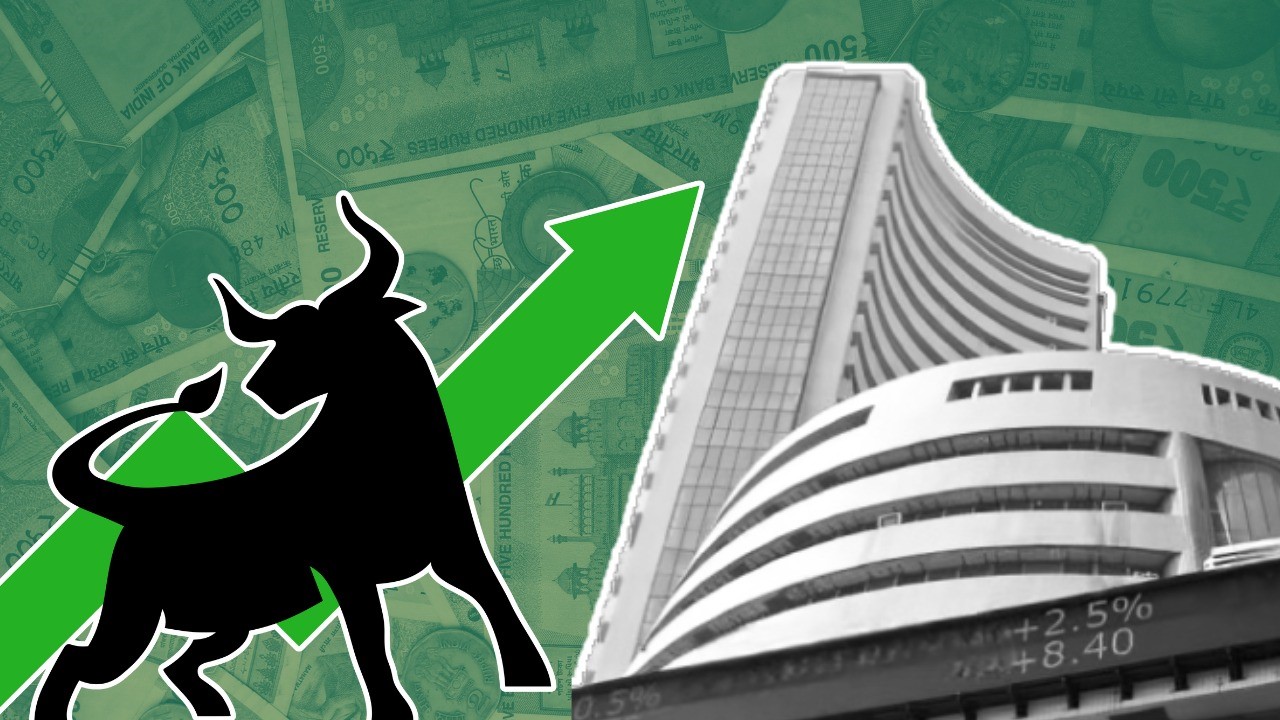
(Photo : sensex)
Indian stocks
- The Indian stock market ended flat on Monday, with selling observed in auto, pharma, FMCG, and metal sectors.
- Buying was observed in IT, PSU Bank, Financial Services, Private Bank and PSE sectors of Nifty.
- The actions of Foreign Institutional Investors (FIIs) are dominating the current market momentum.
- Despite global economic uncertainties, the Indian market shows resilience, with the government's proactive measures providing hope for investors.
The Indian stock market ended on a flat note on Monday, with selling observed in the auto, pharma, FMCG, and metal sectors. The Sensex closed at 79,496.15, marking a marginal gain of 9.83 points or 0.01 per cent, while the Nifty closed at 24,141.30, reflecting a marginal decline of 6.90 points or 0.03 per cent.
The Nifty Bank rose by 315.55 points or 0.61 per cent to 51,876.75. The Nifty Midcap 100 index closed at 55,853.75 at the end of trading after falling 498.25 points or 0.83 per cent. The Nifty Smallcap 100 index closed at 18,225.15 after falling 220.45 points or 1.20 per cent.
Sectoral Performance and Market Influencers
Buying was observed in the IT, PSU Bank, Financial Services, Private Bank and PSE sectors of Nifty. However, there was heavy selling in the metal, media and healthcare sectors. Asian Paints, Tata Steel, Bajaj Finance, M&M, JSW Steel, NTPC, Bajaj Finserv, and L&T were the top losers in the Sensex pack. On the other hand, Power Grid, HCL Tech, Infosys, Tech Mahindra, TCS, Maruti, ICICI Bank, HDFC, and Titan were the top gainers.
Asian Paints shares fell sharply after several brokerage firms expressed disappointment over poor second-quarter results. Its shares fell 8.21 per cent. On the Bombay Stock Exchange (BSE), 1,539 stocks traded in green, 2,557 stocks in red, and there was no change in 117 stocks.
Market experts suggested that the actions of Foreign Institutional Investors (FIIs) are dominating the current market momentum, which is backed by a weak set of earnings and expectations from Trump policy.
Commodities Market and Currency Performance
In the commodities market, domestic prices of gold slipped to around Rs 77,000 per 10 grams. According to the Indian Bullion Jewellers Association (IBJA), the price of 24-carat gold slipped to Rs 77,030 per 10 grams.
The rate of 22-carat gold was Rs 75,180 per 10 grams and the price of 20-carat gold was Rs 68,550 per 10 grams. This trend is likely to persist as long as gold trades below the critical $2,750 resistance level, said experts.
The rupee traded flat near 84.38, maintaining its position at record-low levels as the dollar index remained neutral and FIIs showed limited selling activity at the start of the new week. According to Jatin Trivedi from LKP Securities, this week's focus will be on the US CPI data release, which could influence the dollar's trajectory.
Historically, the Indian stock market has shown resilience in the face of global economic uncertainties. For instance, during the global financial crisis of 2008, the Indian market was one of the first to recover, thanks to strong domestic consumption and robust banking regulations. Similarly, during the Eurozone crisis in 2011-2012, the Indian market managed to stay afloat due to its limited exposure to European banks.
However, the current situation is different. The ongoing trade war between the US and China, coupled with geopolitical tensions in the Middle East, has created a cloud of uncertainty over the global economy. This has led to increased volatility in the Indian stock market, as investors are unsure about the future direction of the global economy.
Despite these challenges, the Indian market has shown signs of resilience. The recent rally in the IT and banking sectors, coupled with the government's proactive measures to boost the economy, has helped the market stay afloat. However, the road ahead is fraught with challenges. The ongoing trade war, coupled with the possibility of a global recession, could pose significant risks to the Indian market.









